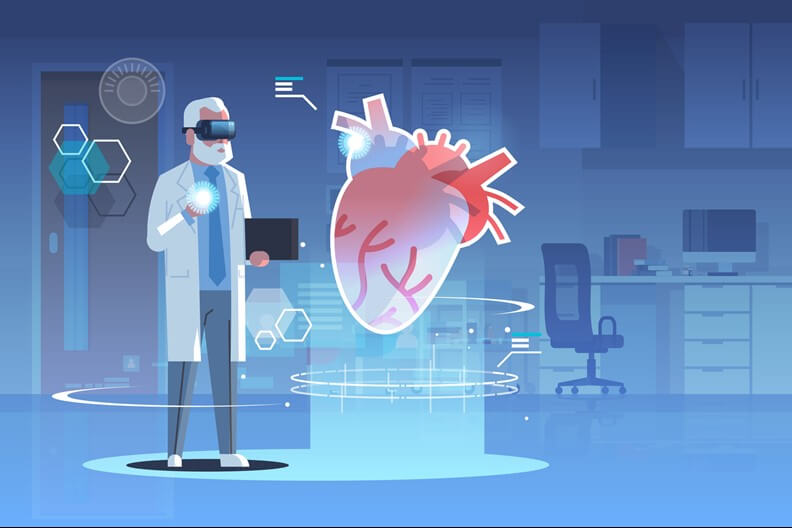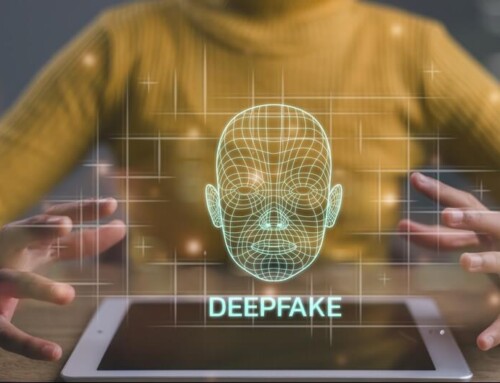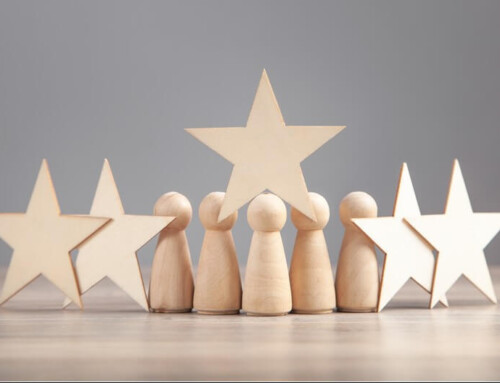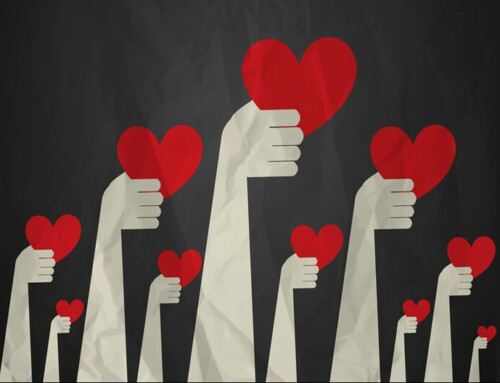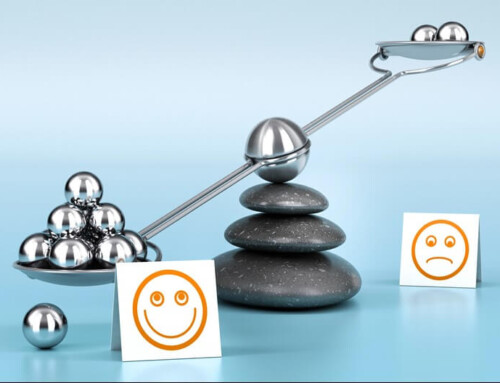Work-related gamification incorporates game techniques into work activities with the purpose of improving engagement, and motivation and piquing employees’ interest. These internal competitions typically offer prizes for employees who “win” games.
This technique has proven effective, with 83% of those who receive gamified training saying they feel motivated — while 61% of those who receive non-gamified training feel bored and unproductive. (1)
While the concept of serious gaming sounds similar to gamification, there are subtle differences.
Gamification takes game-like mechanics and incorporates them into non-gaming models to drive participation and engagement. An example of gamification would be loyalty programs such as frequent flyer points or cash-back credit cards. Another would be sales incentive initiatives where points, levels, badges, and leaderboards exist.
Serious games, on the other hand, are programs where the game itself provides educational value in addition to competition and entertainment. Here are a few examples of serious games:
- Pacific (2015) – This serious game provided leadership training including problem-solving, communication, team building, and coaching. The concept was simple – a group of people become stranded on a deserted island. It’s up to the leader (the person being trained) to keep everyone on task, motivated, and working as a team to get back to civilization.
- Minecraft Education Edition (2018) – This STEM-based building model was designed for classrooms. Created for problem-solving and collaborative learning, it quickly took the world by storm. Today, it supports learning via serious gaming making subjects such as math, reading, history, chemistry, and coding fun. Plus, it teaches teamwork and the value of managing resources.
- Virtual reality (VR) can be used with smart games for more immersive experiences. In the real world, VR is transforming healthcare as it helps prepare for complex procedures and aids in surgical efficiency. Additionally, it helps medical practitioners better understand what patients may be experiencing by modeling pain and various health conditions. (2)
Now that you have an introduction to gamification and serious gaming, below are more details about these strategies.
WHY IS GAMIFICATION BENEFICIAL IN THE WORKPLACE?
A Gamification at Work survey conducted by TalentLMS found that:
- Gamification makes 89% of employees feel more productive and 88% of employees feel happier at work. (1)
- 89% of survey respondents believe they would be more productive if their work was more gamified. (1)
- Gamification has a significant positive impact on employee engagement, motivation, and psychology. (1)
These numbers are compelling, to say the least, and they make an excellent case for considering gamification and serious games as a technique to use in your workforce.
HOW DOES GAMIFICATION FIT INTO THE WORKPLACE?
There are several different ways you can involve your employees in gamification and serious games.
Working these practices into each employee’s role, responsibilities, projects, and everyday tasks is one way. You have many different opportunities, and you can make gamification a regular or occasional event. This approach helps retain employees’ interest and keeps them on their feet. It helps stave off boredom in workers who might otherwise become complacent. These gamification opportunities are ideal for customer-facing roles such as service, support, and sales.
Another area where serious gaming comes in handy, whether it involves new hires or established employees, is training. You might be surprised to learn that your company may already use some form of serious games in your training practices. Organizations have been doing this for a while now.
HOW DO YOU ENSURE THAT YOUR GAMIFICATION PROGRAM SUCCEEDS?
Although each gamification program varies in terms of details, there are commonalities that set them up for success. Follow these practices to help make your gamification programs effective:
- Clearly state the purpose of each program – what it was designed to accomplish and the reasons why.
- Establish criteria to determine who the winners are.
- Set the rules of the game or games that are part of the program.
- Share what kind of rewards the winners will receive.
- State how the program can benefit both the players and the company.
WHAT KIND OF INCENTIVES MOTIVATE EMPLOYEES?
Incentives are a necessary component of any gamification program. They motivate employees to try their hardest.
So, what kind of incentives should you offer as rewards for doing well when participating in serious games? The answer to this question is somewhat complex since different types of incentives will appeal to different people. That said, there are incentives that tend to appeal to more employees than their counterparts. Examples include:
- Lavish and/or exotic all-expense-paid trips.
- A voucher for dinner at a five-star restaurant.
- Extra paid time off, whether one day or several.
- Recognition at the team or company meeting.
Offering a variety of incentives in the categories above is the best way to go about it, as it allows you to continuously appeal to a larger number of employees.
EVERYONE IS A WINNER WHEN GAMIFICATION IS DONE RIGHT
Now that you know all the benefits workplace gamification and serious games offer, and you have learned about the basics, you can put your newfound knowledge into action. You have two options: handle the creation of these programs in-house or outsource it to a vendor with expertise in this area.
Regardless of which option your leadership team chooses, everyone is a winner when you create and execute gamification programs and serious games in a thoughtful and strategic way.
Want to set up travel incentives that will make your gamification program more engaging? Contact Gavel International to learn more about our travel incentive and meeting programs.
_______________________
SOURCE(S):
1 https://www.talentlms.com/blog/gamification-survey-results/
2 https://www.uschamber.com/technology/how-virtual-reality-is-transforming-healthcare
This article was last updated on January 29, 2024
- 5 Ways to Build a Productive and Participatory Meeting Culture - March 31, 2025
- Build a Culture of Curiosity and Solutions-Driven Change - March 17, 2025
- Gavel International Celebrates GMID 2025 - March 14, 2025

